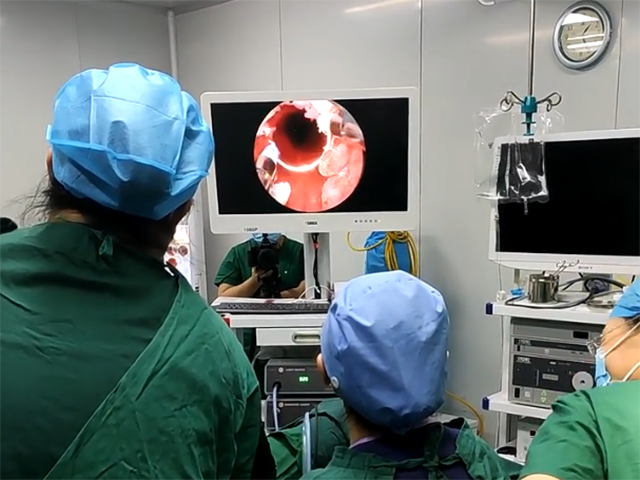
Hysteroscopy is a gynecological procedure that involves the use of a hysteroscope, which is a thin, lighted instrument that is inserted through the vagina and cervix to examine the inside of the uterus. The hysteroscope can be either rigid or flexible, and it may have different attachments or accessories depending on the purpose of the procedure.
A typical hysteroscopy gynecological set may include:
Hysteroscope: The main instrument used to visualize the inside of the uterus. It is usually a thin, flexible or rigid tube with a camera and light source attached to the end.
Fluid management system: This is used to fill the uterus with fluid, such as saline solution, to expand the walls and allow better visualization. The system may include a pump, tubing, and a bag of fluid.
Insufflator: This is a device that helps to maintain the fluid pressure and flow during the procedure.
Graspers and scissors: These instruments are used to take tissue samples or remove polyps or fibroids that are seen during the hysteroscopy.
Biopsy forceps: These are used to take small tissue samples for further examination under a microscope.
Cervical dilators: These are used to widen the cervix and make it easier to insert the hysteroscope.
Speculum: This instrument is used to hold open the walls of the vagina and provide access to the cervix.
Light source: This provides illumination for the hysteroscope to visualize the inside of the uterus.
Video monitor: This displays the images captured by the hysteroscope for the doctor to view.
The specific instruments and accessories used in a hysteroscopy procedure may vary depending on the individual case and the purpose of the exam. Your doctor will determine which instruments and equipment are necessary for your particular hysteroscopy.


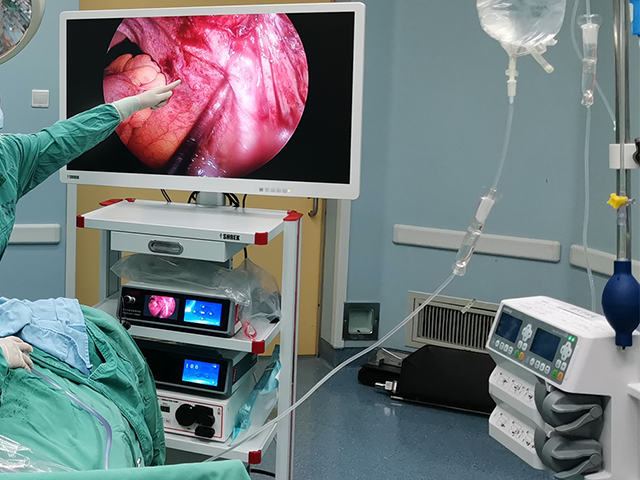
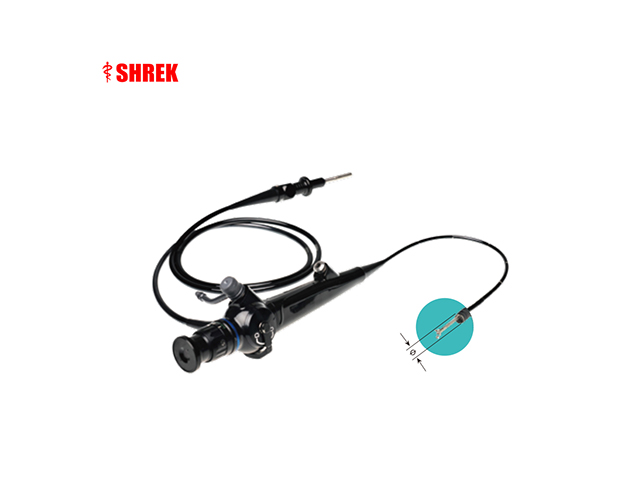
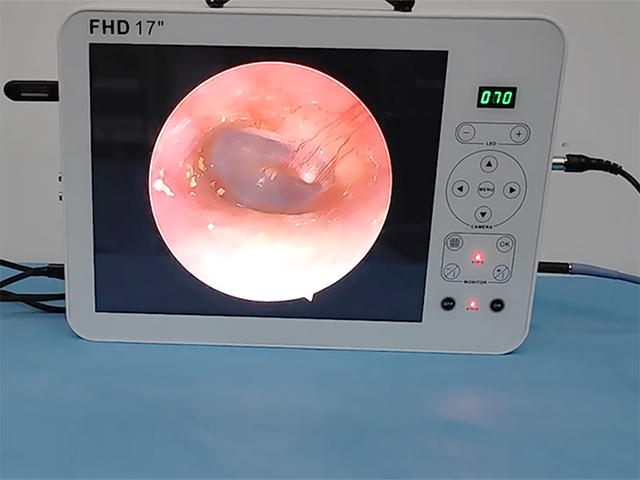
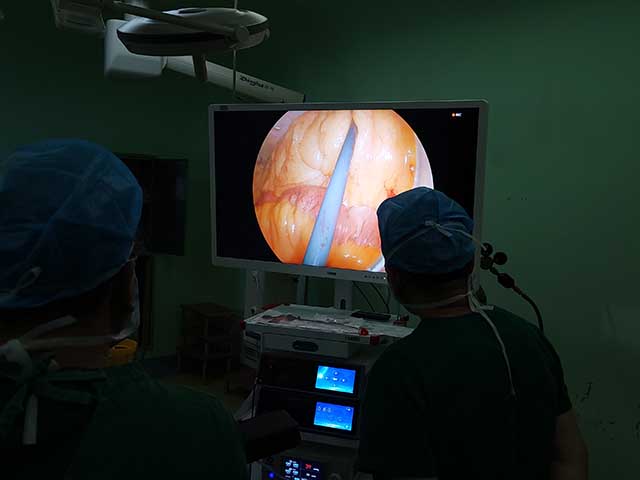
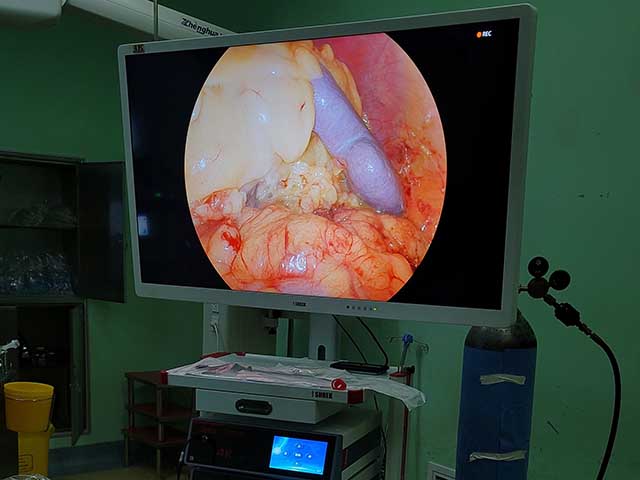

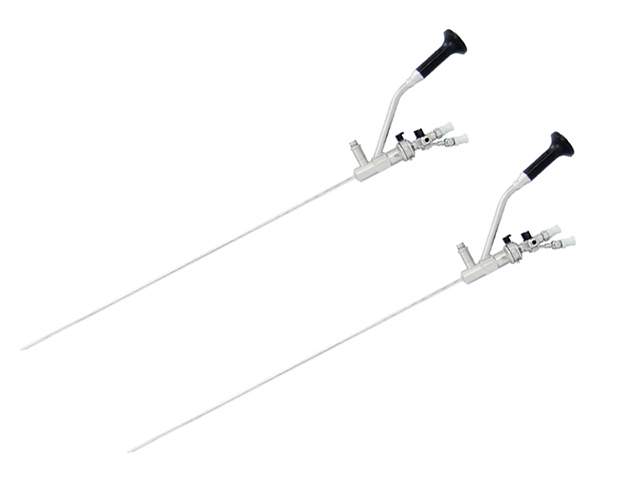
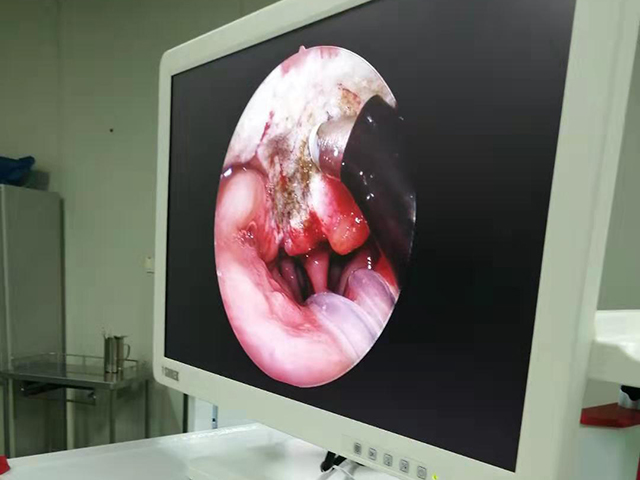
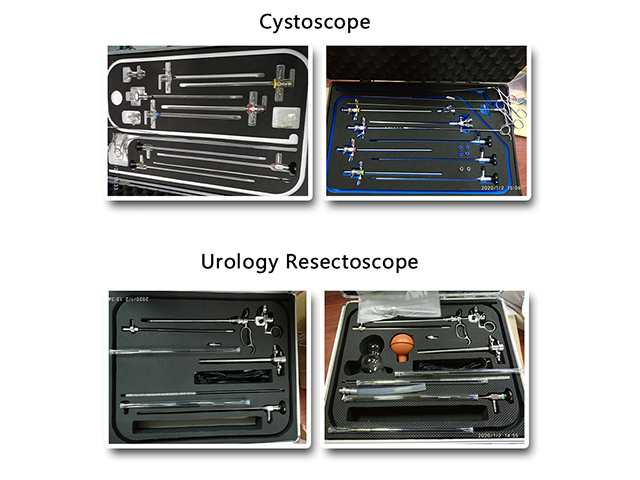
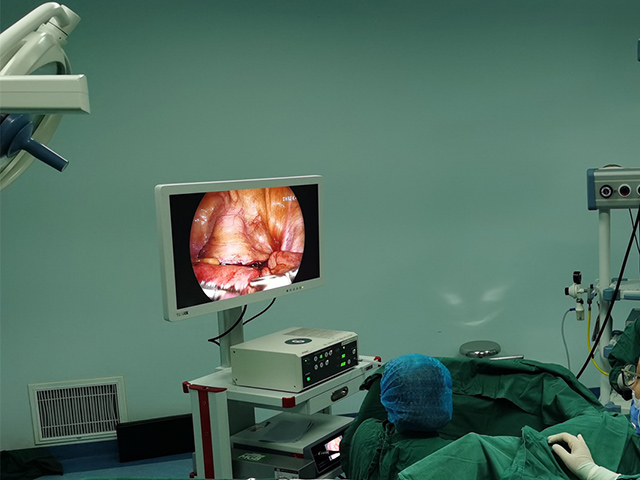
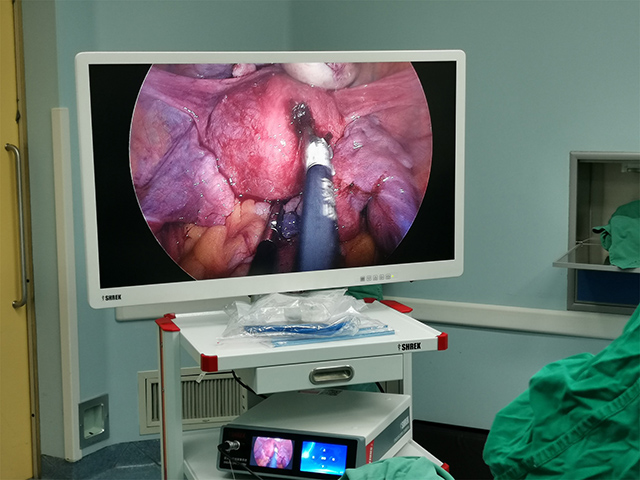
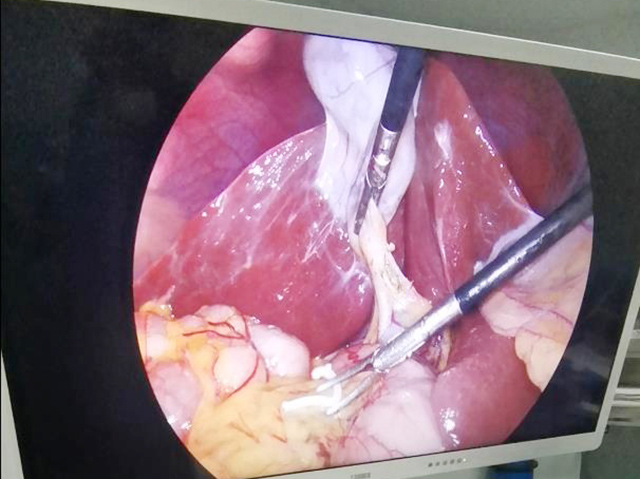

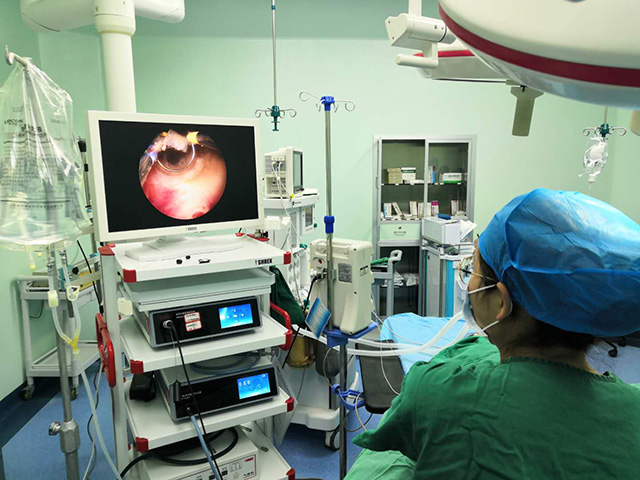
Leave A Inquiry